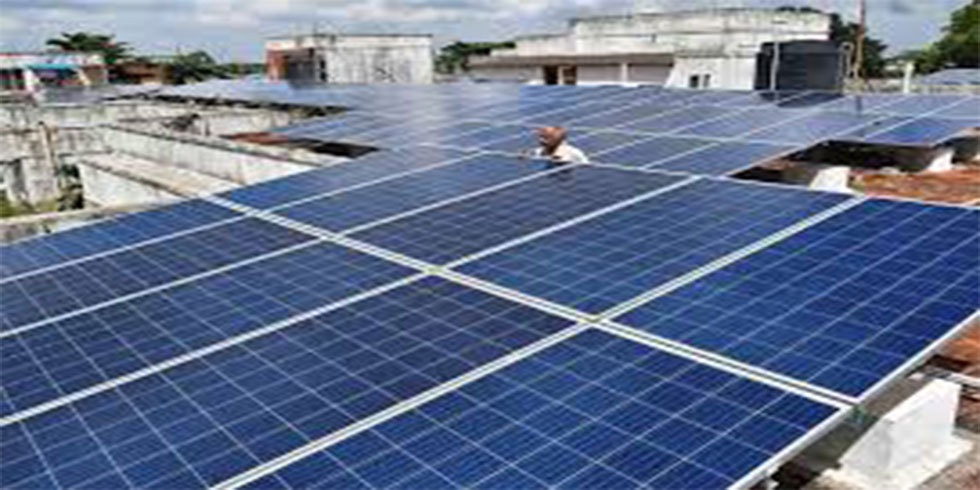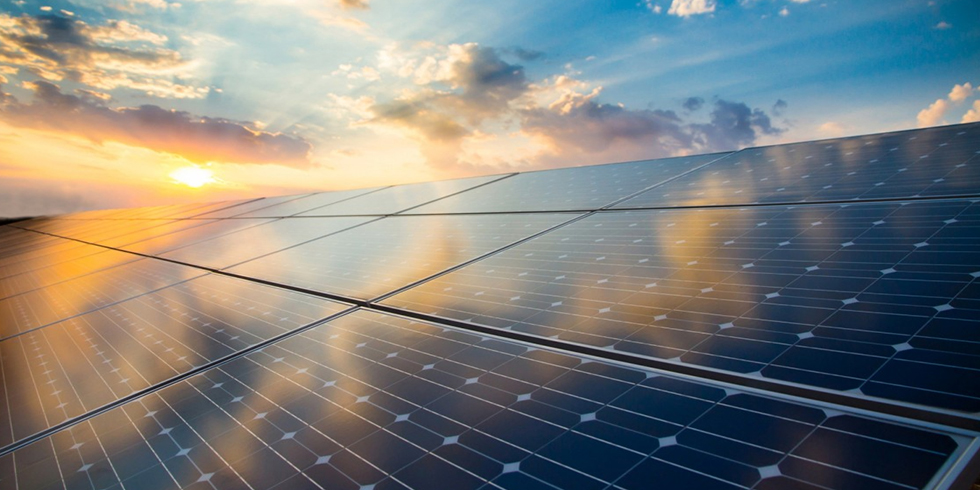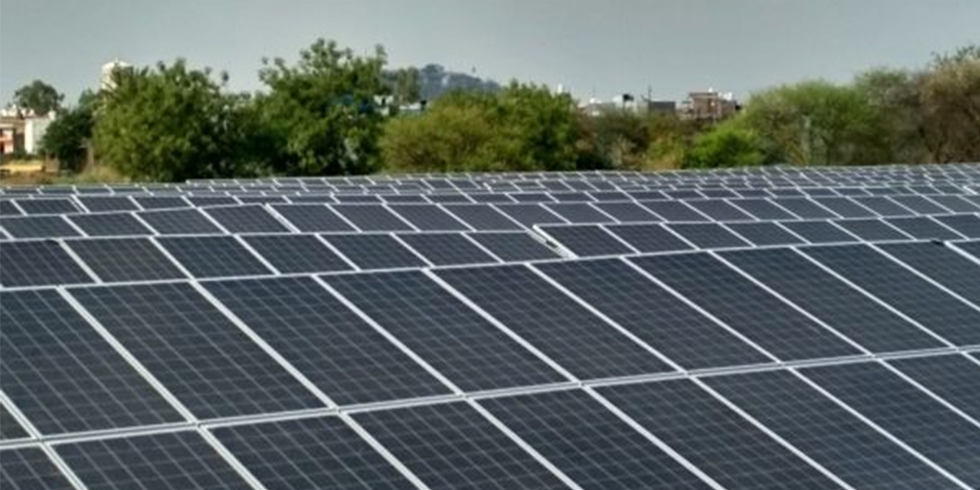Union Minister Pralhad Joshi announced on the 7th of February that India had reached the milestone of 100GW solar energy capacity, highlighting the nation's goal of 500 GW of renewable energy capacity by 2030.
"India has reached the historic milestone of 100 GW solar capacity under the visionary leadership of Hon. PM Shri Narendra Modi Ji. Our unwavering dedication to a cleaner, greener future is what's driving this accomplishment," the New & Renewables Energy Minister stated in a post on X.
In a statement, The Ministry of New & Renewable Energy said that the achievement solidifies India's standing as a world leader in renewable energy.
"Revolutionary changes have been brought about by initiatives like rooftop solar projects, solar parks, and solar panels. As a result, India has now effectively met its goal of producing 100 GW of solar energy. India is not only becoming self-reliant in the field of green energy, but is also showing the world a new path." Joshi was quoted in the statement as saying.
According to the minister, the PM SuryaGhar Muft Bijli Yojana is revolutionising sustainable energy and enabling every home with clean power by bringing rooftop solar to every home.
Over the last ten years, India's solar power capacity has grown 35 times, from 2.82 GWin in 2014 to 100 GW in 2025.
India has 100.33 GW of installed solar capacity as of January 31, 2025, of which 84.10 GW are being implemented and an additional 47.49 GW are being put out to bid.
With 64.67 GW under implementation and tendered, the nation's hybrid and round-the-clock (RTC) renewable energy projects are also progressing quickly, bringing the total number of solar and hybrid projects to 296.59 GW.
With 47% of all installed renewable energy capacity, solar energy continues to be the main driver of India's renewable energy growth.
Among the best-performing states, Rajasthan, Gujarat, Tamil Nadu, Maharashtra, and Madhya Pradesh account for a sizable portion of India's overall utility-scale solar installations.
The PM Surya Ghar: Muft Bijli Yojana, which was introduced in 2024 and has about 9 lakh rooftop solar systems to date, has been a major factor in this expansion, allowing homes all throughout the nation to adopt clean energy options.
India has also made significant strides in solar manufacturing. In 2014, the country had a limited solar module production capacity of just 2 GW.
This has increased over the last ten years to 60 GW in 2024, positioning India as a leader in solar production worldwide.
According to the ministry, India is on track to reach a 100 GW solar module production capacity by 2030 with sustained policy assistance.
This 100 GW solar energy milestone highlights India's position as a renewable energy powerhouse, guaranteeing millions of people access to clean, sustainable, and reasonably priced electricity while fostering self-reliance in the energy sector future, the ministry said.














Add Comment